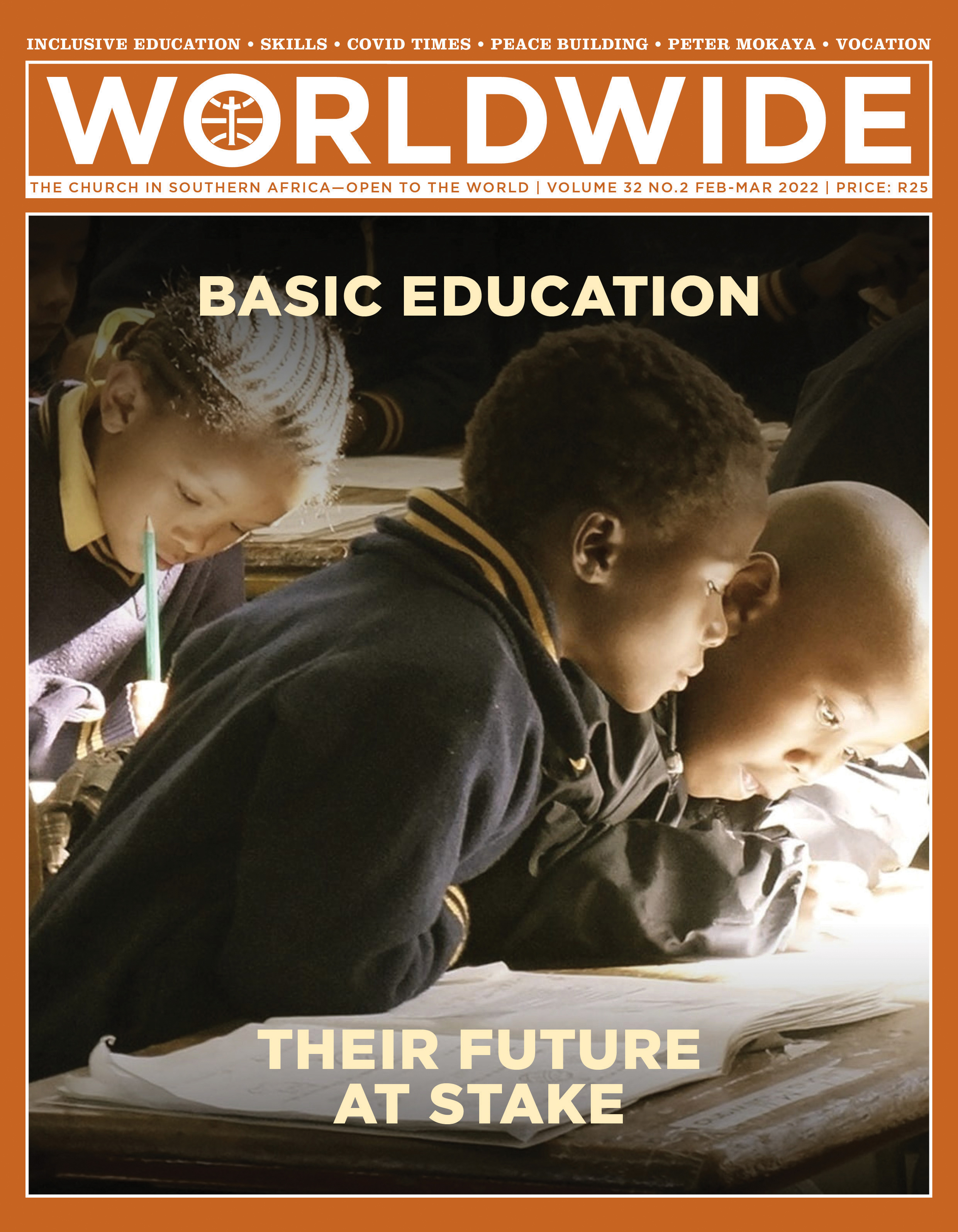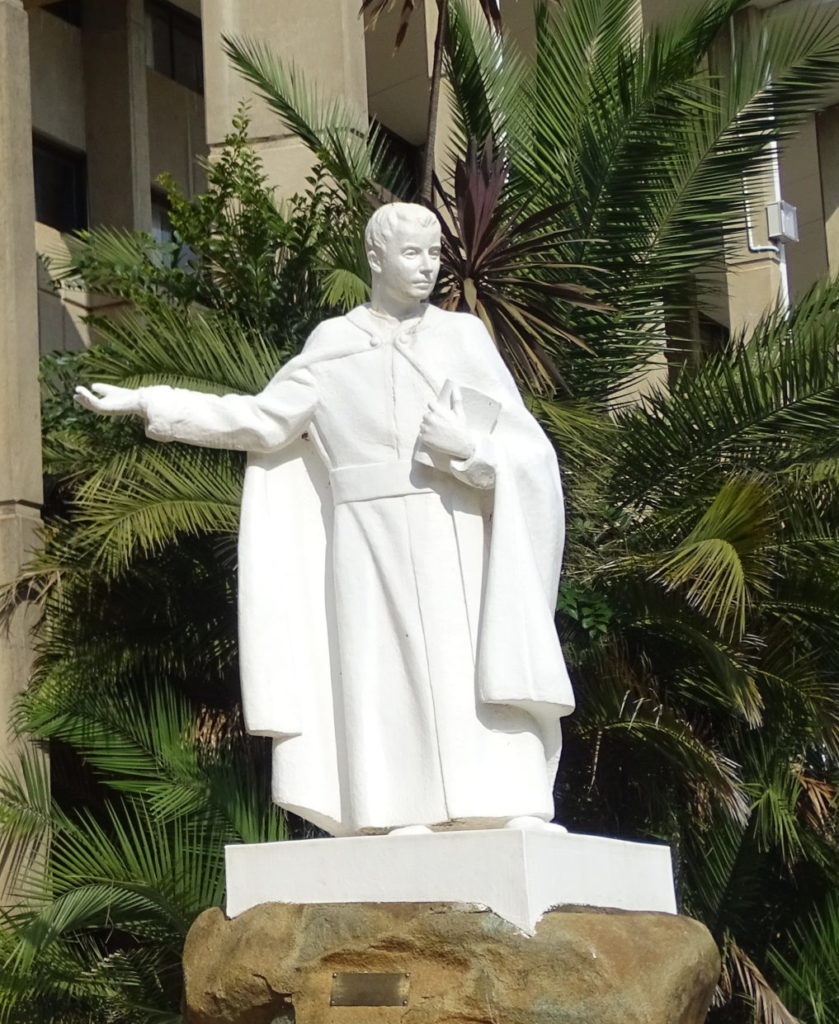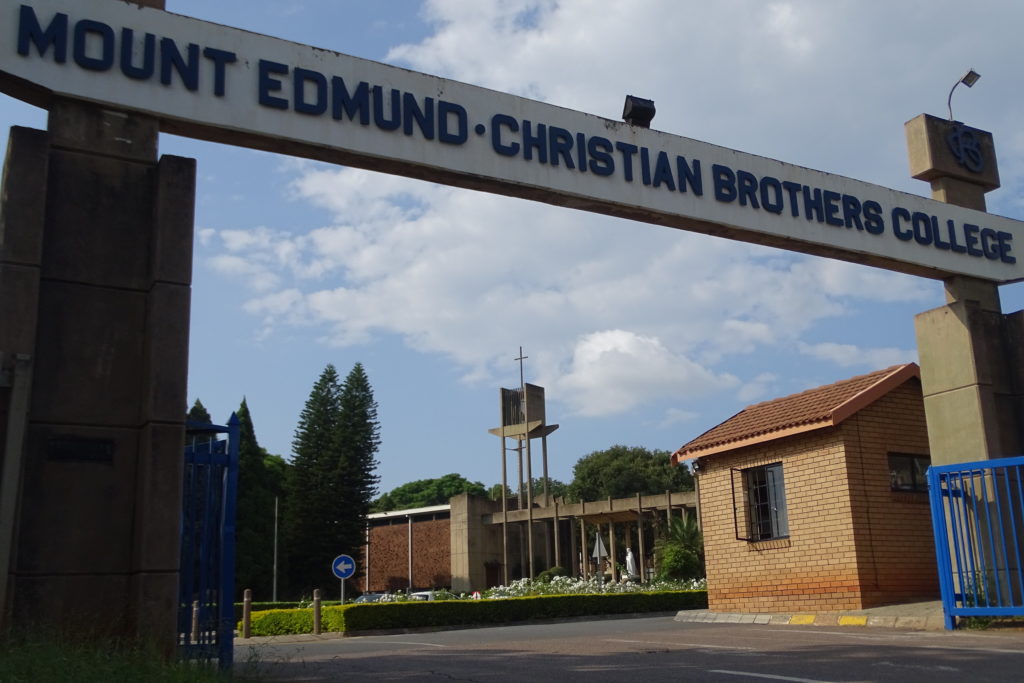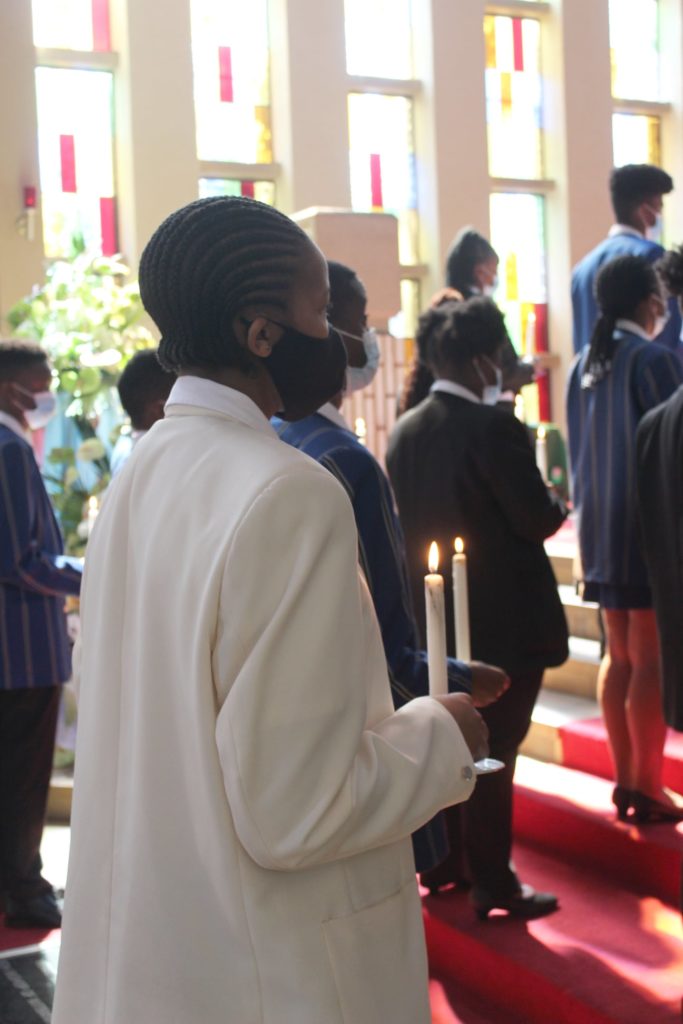
Basic Education Their Future At Stake
The front cover picture was certainly not taken during Covid times. We do not know its exact location, but it could be from any particular school in rural South Africa. What indeed the image of these children reflects is their eagerness for learning and doing it together. Their minds are surely full of dreams; their desires for a bright future cannot be frustrated. The task of offering them an inclusive and integral quality education can look gigantic, but each one’s contribution can make the miracle happen.
SPECIAL REPORT • CATHOLIC SCHOOLS
Weathering the Challenges of Time Catholic Education in South Africa: The Last Decade and Today
Contrary to what some people may think, the findings over 10 years of data on the network of Catholic schools show that the number of learners has increased and that the network is still the second largest provider of public education after the State
BY Janice Seland | Director of the Catholic Institute of Education (CIE), Johannesburg
THE CATHOLIC network made up of 326 schools, provided education for 172 857 learners and was served by 7 859 educators in 2021. Importantly for South Africa, still overcoming the legacy of Apartheid, 92% of the learners attending Catholic schools come from historically disadvantaged groups with a positive bias of 53.66% female learners. Catholic education is of course always more than the numbers, but with ten years of data since the implementation of the schools database at the Catholic Institute of Education (CIE), there are some really interesting observations which confirm the very essence of why the Church in education is so powerful.
While a common view across the globe is that the Catholic School has gone past its peak and there tends to be nostalgic sentiments to the time when religious ran our schools and the majority of learners were Catholic, a quick glance at Catholic education in South Africa could easily be misinterpreted to be following the global norm. Over the last decade, the network has seemingly declined in schools from a peak of 342 to the now 326. Furthermore, the percentage of Catholic learners has stayed steady at 21% of all learners in the schools. The comment can sometimes be heard even beyond schools, ‘are Catholic institutions that no longer serve or are served by Catholics actually Catholic?’ Doubt has seemingly always been a feature of our faith, whether we are the famous doubting disciple Thomas, or on a boat in a storm, we are constantly surrounded by doubt, but fortunately for every moment where we exhibit so little faith, there is so much faith around us.

An overall positive trend
With great pleasure, we share the findings of the 10-year review of data which definitively answers yes, our schools are and can be Catholic without serving and being served by Catholics only. The major cause of the decreased number of schools from 342 to 326 has been the amalgamation of primary and secondary schools into combined schools. Schools that previously were single gender also became universal, thereby removing the old separation and becoming single entities. The laicization of the schools, a feature that sometimes received an unfair share of doubt, paved the way for more consolidated entities. Where previously schools run by the religious may have had multiple entities to accommodate specific skills sets of readily available religious, the move to lay leadership meant raising more financial resources and centralizing schools. While two schools that existed 10 years ago have now been closed, four new schools were opened, so the Catholic schools network gained schools. This is unsurprising when one then looks at actual learner numbers which has increased from 169 662 to 172 587 over the course of the last 10 years. If there has been an actual and significant decline in schools (16 less schools) one would have expected a decrease in learner numbers as well.

Table 1 illustrates the growth in learner numbers. While there were spikes in 2014 and 2017 which were followed by huge dips, there is another reason for these. In South Africa the implementation of no-fee schools serving the poorest, occurred in phases which correlate to the dips, as some parents felt that no-fee schools would decline in quality. At the other end with high fee-paying schools, we have found that there has been a decline in enrolment linked strongly to the weakening of the South African economy and the cutting back by middle class families (sending children to less expensive schools) and, in some cases, emigration. However, the overall trend remains positive. The network continues to serve a respectable number of learners and is the second largest provider of public education after the State.
Quality education
An equally important finding is that 182 schools (55.8%) in the network showed a net positive growth over the decade. While other schools have seen a decline, the general view that the decline of Catholic education is universal is a myth, since over half of the schools in the network are growing in learner numbers. If one considers that the key reason for a parent to choose a Catholic school for their children is because of the identity and synonymous relationship between being Catholic and providing a quality education, it is clear that Catholic schools are attractive to all. This is particularly clear, when one considers that the majority of learners come from historically disadvantaged communities and while apartheid has formally ended, the majority of people still experience spatial apartheid, remaining in previously designated communities. For learners, this means that they have to travel to schools outside their community. Even though we do not have data at the learner level, based on recognized challenges to provide quality education expressed by owners and managers of schools, we know that many learners commute to a good Catholic school.

Committed lay teachers
On the leadership front, there is data evidence of a strong loyalty to the network. Fifty-five school principals (16.8%) have led their school for the whole decade, while 245 principals or (75%) have had more than seven years leading their respective schools. In total, the network benefits from 2 907 years of experience—counting the various schools—that provide a wealth of experience on how to run and maintain the essential Catholic ethos of the school.
A common debate during the laicization of schools was whether or not the lay teachers would be able to remain committed to one school and if careers could match vocations; but in fact, the clear evidence is that the excellent leaders in the network are extremely loyal to their schools. While it has become common in the 21st century for people to change careers, Catholic schools in South Africa are going against this trend.

To conclude, in reviewing 10 years of data on the Catholic education network, we can firmly state that Catholic schools are as popular—if not more—today than at the beginning of the decade. Over half the schools are still growing strongly and the universal appeal for these schools means that even where people need to commute, both Catholics and people of different faith backgrounds are willing to do it in order to have a quality education. The network is served by exceptionally loyal leaders who are mostly Catholic.
A common view is that the Church is in decline everywhere except in Africa, and often looks at South Africa as an exception to the continent. However, we are proud to say that the data on our schools shows that we are firmly within the future growth space of the Catholic Church.
| Dates To Remember |
|
February 1 – Blessed Benedict Daswa 2 – World Day of Prayer for Consecrated Life 4 – International Day of Human Fraternity 6 – International Day of Zero Tolerance of Female Genital Mutilation 8 – International Day of Prayer and Awareness against Human Trafficking 11 – International Day of Women and Girls in Science 11 – World Day of the Sick 13 – World Radio Day 20 – World Day of Social Justice 21 – International Mother Language Day March 1 – Zero Discrimination Day 2 – Ash Wednesday 3 – World Wildlife Day 8 – International Women’s Day 15 – St Daniel Comboni’s Birthday 20 – International Day of Happiness 21 – International Day for the Elimination of Racial Discrimination 21 – SA Human Rights Day 22 – World Water Day 24 – World Tuberculosis Day 24 – International Day for the Right to the Truth concerning Gross Human Rights Violations and for the Dignity of Victims 25 – International Day of Remembrance of the Victims of Slavery and the Transatlantic Slave Trade |
